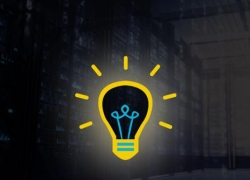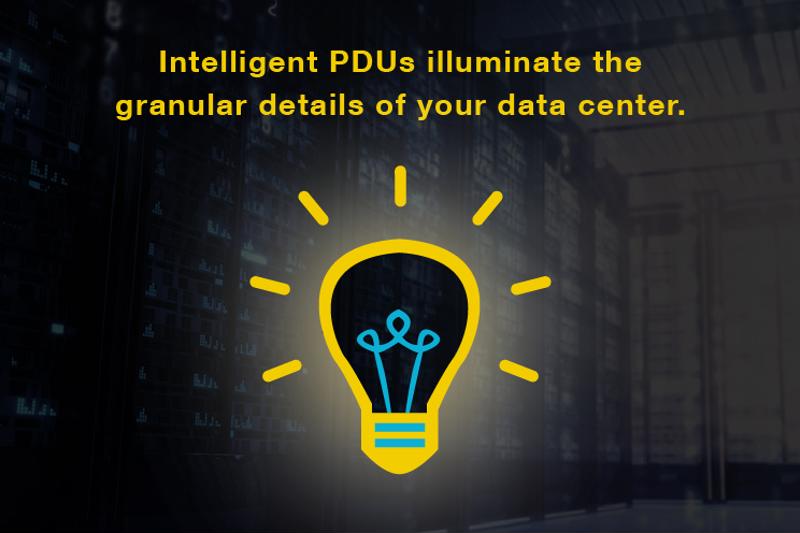Intelligent rack PDUs boost your data center's IQ
Intelligent rack PDUs boost your data center's IQ

Ever hear the saying, "stupid is as stupid does?" It applies in the data center.
Data center infrastructure management (DCIM) without smart infrastructure is like having a brain with no central nervous system. It's one thing to have extraordinary computational power. It's another to have the means to transmit granular information from the fingers and toes (aka, individual racks and servers) of the data center to the central intelligence console. Power distribution management exemplifies this perfectly. Without the ability to collect real-time data from your power distribution units (PDUs), you're limited in what you can actually analyze. And how can you make good decisions when you lack access to the right information?
Conversely, intelligent PDUs' abilities to collect real-time power and environmental data presents data center managers with the operational information they need to make smart decisions that optimize infrastructure durability and efficiency – and smart is as smart does.
Facilitate 24/7/365 uptime
"Use knowledge for power –literally."
The core benefit enabled through intelligent PDUs is a real-time view of kW, current, amperage, voltage, power factor, etc. Metered and monitored PDUs connected via LAN transmit all this information to a web-accessible interface where it undergoes review and analysis. From here, managers can glean a more comprehensive understanding of their power infrastructure – what are its limitations? When are the peak hours? Which servers are energy hogs?
This information can be used in several ways, the most important of which is to stave off disruptions that may induce downtime. Facility managers can configure alarms to automatically notify them the second a safe threshold is exceeded. For example, if power draw of a specific server appears to be increasing at an unusual or alarming pace, they can take the necessary action to prevent tripping a breaker and causing unplanned downtime. With remote switching, this could mean powering down that piece of equipment from a web interface without having to go on-site to perform maintenance. How's that for smart?
And it's not just power conditions that can induce downtime. Temperature, humidity and airflow also need to be monitored at the rack level, especially in high-density data centers. To maximize space utilization in already cluttered cabinets, best-in-class PDUs have multiple intelligence ports. You can use one of these ports to collect temperature and humidity data, saving space that would otherwise be utilized by a monitoring installation (however small those sensors may be), while improving rack environmental monitoring.

Optimize short- and long-term load balancing
Load balancing is how data centers support demand fluctuations. Spikes in power utilization might be normal for certain peak hours. The challenge is to accommodate the highest capacities without over-provisioning IT equipment that, during slow periods, needlessly consumes energy.
Using the data that intelligent PDUs collect, facility managers can create models for power consumption over time. This simplifies the appropriate provisioning of IT equipment so that capacities are never exceeded, but also so that zombie servers (which eat up billions of dollars in energy every year) can be strategically decommissioned during off-peak hours without inhibiting durability.
Capacity trends can also be used to document demand over time so management understands the limitations of their current, optimized power infrastructure. This makes it easier to provision new equipment and adjust power distribution infrastructure to scale gradually to support growth, rather than taking educated guesses in trying to justify new capital expenditures. This is both a fiscally responsible method for long-term data center management, and a clever way to get more performance out of your existing infrastructure – and that's just good business.
Who knew a power strip could have such far-reaching implications?



